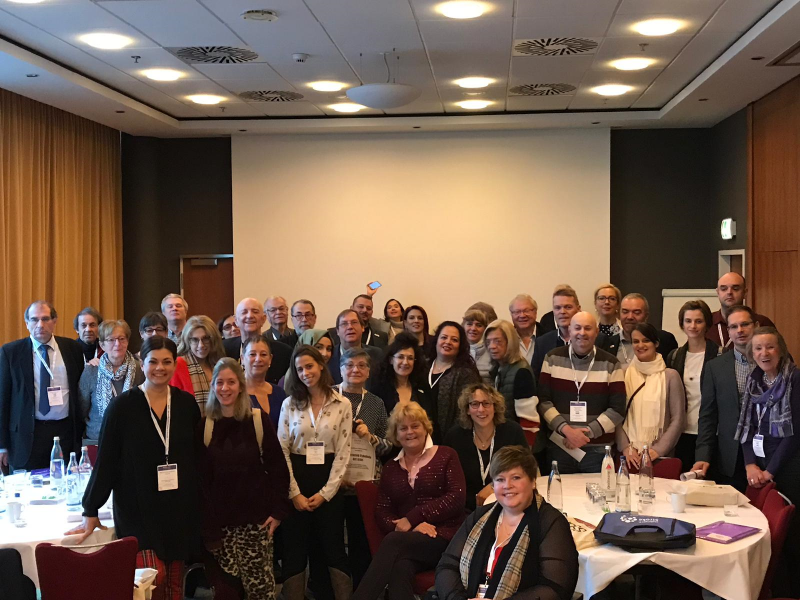
Nov 6, 2019
SAFE’s Annual General Assembly will take place at the Sheraton Porto Hotel, R. do Ten. Valadim 146, 4100-476 Porto, Portugal, 29 November 2019. We would be delighted if members were able to attend.
The order of business will be as follows:
08.30-09.00 Registration
09.00-09.05 Opening welcome, Jon Barrick, President SAFE
09.05-10.00 Review of the year and forward view
10.00-11.00 General Assembly
11.00 Close
For further information, please see HERE in the Members’ Section and contact SAFE Secretariat at mail@safestroke.eu
Featured photo: SAFE General Assembly 2018, Berlin, Germany
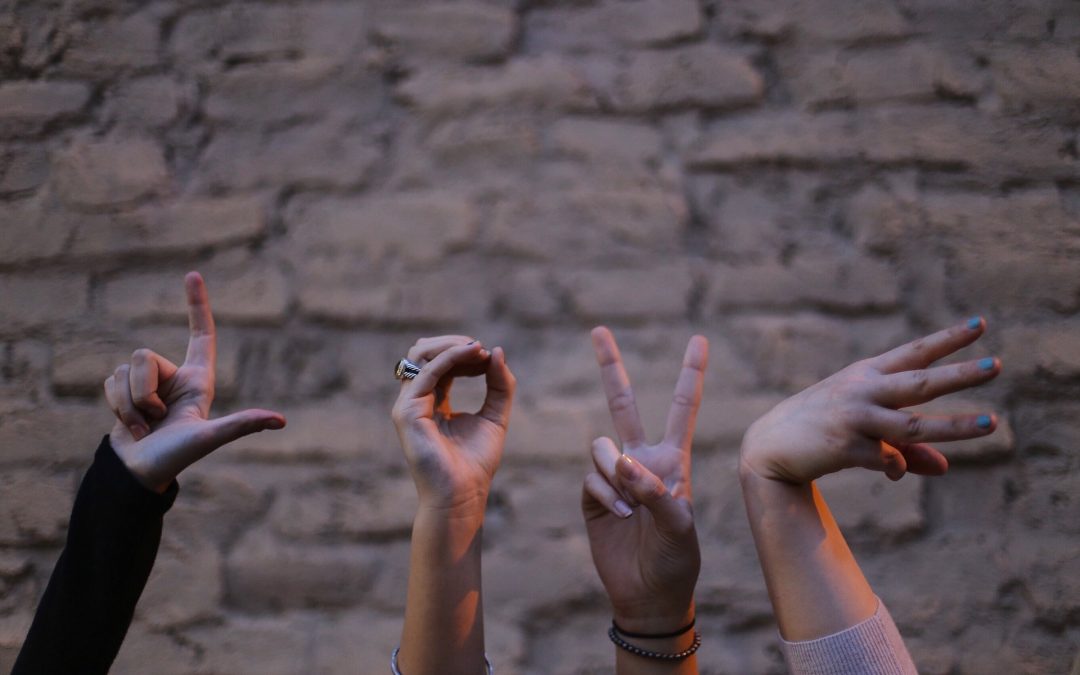
Nov 6, 2019
Written by Amanda Jerelyn
Recovery after a stroke is very essential for a patient to make his coming back to life easy and simple for himself and his caretakers. Living a normal life after a stroke is hard to think about for many sufferers. People tend to get negative once they come back to their new life and do not accept the changes positively.
The story of Marina Krsmanovic from Serbia is very powerful in terms of reclaiming a life after stroke. Coming back to your life after recovery is a new beginning for you. It is completely achievable if you have a positive mindset. You can reclaim a normal life by following these expert approaches:
Returning to routine
It is barely impossible for some patients to accept the reality that their routine will not be the same anymore. Reclaiming life after stroke involves some drastic routine changes. Survivors should always believe in their goodwill in adopting major changes around them. Accepting your fate is the first step towards success in your new life. A patient who happily adapts to these routine changes will lead a life with fewer worries and more relaxation.
Positive perspective
Setting a positive approach towards everything that happens in your life is the key to happiness. Especially in your condition, positive thinking will only make you bloom. Once you accept your life as it is, things will get easier and better understandable by you. A positive mindset will also let you be your own motivator at times you’re alone.
Vernell Bradshaw is a stroke survivor. His motto is attitude is everything, and quite astonishingly, it is true. He lives his life with willingness and readiness. He also said that he never questioned why he had to go through it, but instead, he accepted it and gained enough strength to move on with his life enthusiastically.
Meditation is a great healer
After a stroke recovery, patients are highly advised by doctors to take care of themselves and make it a priority. Taking care of you means making sure all your needs and wants are being fulfilled. And your needs should firstly include taking out some time for meditation. Doing meditation routinely is an expert approach to live a life normally after a major stroke. Now medication may include doing light walk in the morning, doing yoga outdoors or indoors, or doing breathing exercises.
Physiotherapy benefit a lot
Individuals suffer from many symptoms like loss of memory, losing willpower, and losing the power of control that mainly includes limb control, after a stroke. Physiotherapy comes as very helpful in this particular case.
Physiotherapy mainly means a treatment for recovering patients that consist of physical techniques. It includes light exercises, massages, and treatments by heat to help with internal and external body movement with easiness.
So it is another expert approach to win back your life after stroke and start living it naturally.
Dressing method transformation
After a stroke, simple tasks such as dressing up or bathing become a hassle for survivors. Their frustration is genuine, but the expert approach would be to deal it with mindfulness and give it time.
Changing your way around things might help. For example, you can change clothes easily while sitting on a chair or bed instead of standing up. You can also choose to wear loose clothing so it can be less of a hassle. Putting your affected hand in the shirt’s sleeve first will give you more grips for wearing it properly.
Modify bathing equipment & tools
Now bathing is the second hardest task, but it can be made simpler by following some pro-tips. Always remember that baths are harder to take after a stroke, so you should opt for showers. Replace your usual bathmats with suction-cupped bathmats to avoid slipping. Always keep someone or a bell in your reach to have instant help when in an emergency.
Avoid driving at maximum
Driving after a stroke can’t be easy or normal. In some extreme cases, it is not advised for some patients after recovery by their physiotherapists and doctors. But if you must, then firstly you need to have the authorities informed and have a test ride with them for surety. Then you need to modify your car according to your hand, which is not paralyzed. Safety tip is to have someone ride along with you at all times to ensure you don’t accidentally meet some severe strokes.
Attending group sessions
People after recovery from a stroke become bitter and angry because of isolation and because they can’t do things they used to do before by themselves. It is entirely understandable, and an expert approach would be to attend sittings. Sessions related to life after stroke will brighten-up your spirit. Because you will now feel linked to many others and feel relaxed knowing you’re not suffering alone in this situation. Attending group sessions will rise-up your morale and motivate you towards all the positive things in life to cherish.
Keep challenging yourself
A patient who survives a stroke and comes home after recovery needs the most challenges in their life to keep moving forward. Think of it as you always come first in all the racing marathons and suddenly racing marathons stopped happening, how would you feel? You’ll feel stuck in between. So daily challenges, no matter big or small, keeps your life going on a steady path. So survivors should always keep looking for problems and try their best to overcome them effectively.
These were some useful approaches that you can consider after recovering from a stroke. And life is undoubtedly reclaimable after a stroke. You just have to be willing to live it fully. Living a normal life is not a dream, but it’s a mission for survivors, and you’ll get through with it too.
Author bio:
 Amanda Jerelyn is currently working as a health & wellness tutor at King Essay.
Amanda Jerelyn is currently working as a health & wellness tutor at King Essay.
Her professional writing services include nursing dissertation through which she gained much popularity in her field and she occasionally contributes content to Guide2Write. Amanda writes with full contribution and enthusiasm, which makes her stand out from the rest.
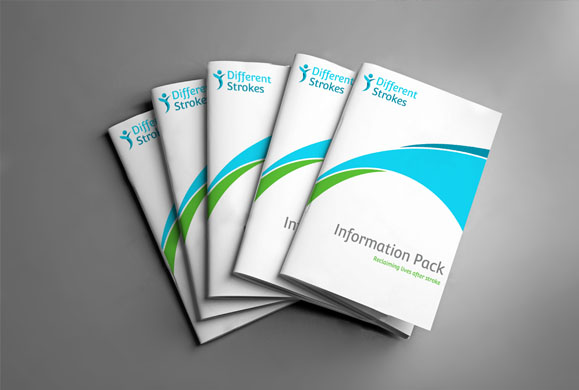
Nov 1, 2019
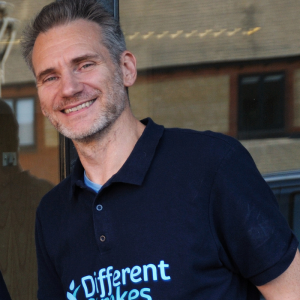
Austin Willett, Chief Executive Officer, Different Strokes
“Stroke is still thought of us something that only happens to elderly people. Yet more than 25% of strokes happen to people who are of working age and younger, and in the specific 35-54 age range, strokes are increasing by approximately 2% per year. Despite this, when stroke is portrayed in the media it is almost always in the context of an older person suffering a stroke, and this further entrenches the view that it is something that is not experienced by younger people. At Different Strokes we have helped to tackle this misconception, and a recent Stroke Association television advert also featured a number of young stroke survivors. ” said Austin Willett, Chief Executive Officer at Different Strokes, a stroke support organisation from the UK.
SAFE: What is one issue related to the life after stroke in your country that you think needs special attention?
AW: Clearly though there is still a very long way to go, demonstrated by the results of a survey which we commissioned this year. In this survey, 84% of people thought that only 1 in 50 strokes happened to people under the age of 65, while it is actually more than 1 in 4.
The marginalisation of stroke survivors is an ongoing problem. Stroke is especially isolating for working age people; often with young families to support and relying on employment but suddenly unable to work. Ensuring that there is much greater recognition of younger stroke is, for us and the people we support, the most important issue.
SAFE: What would be the solution, i.e. what is your organisation’s position regarding this issue?
AW: There are no easy answers to this, and because stroke affects everyone differently there is not a solution that will work for all stroke survivors. But broadly speaking, we would like to see:
- Much greater understanding of the prevalence of stroke in younger people. Where there is ignorance about this issue, this can lead to misdiagnosis. Too often is a stroke among this age group classified as a ‘brain bleed’ or something other than stroke. This can lead to people waiting for extended periods of time before receiving appropriate stroke rehabilitation, or not receiving any at all.
- Rehabilitation which focuses more on the specific needs of younger stroke survivors. Younger stroke survivors must learn to accept newfound physical, emotional and cognitive limitations, as well as changes to virtually every aspect of life – wellbeing, perceived quality of life, communication, mobility, employment, independence, social life and relationships. Rehabilitation needs to reflect this, and not merely be focused on the basic functions of self-care which permit a stroke survivor to return home.
- Recognition that ongoing recovery of stroke is a long-term, and sometimes lifetime, process. Too often we have heard stroke survivors being told that they have plateaued to explain why their post-stroke rehabilitation has been discontinued, and a further myth about stroke is that after 6 months post-stroke ongoing recovery will cease. But post-stroke recovery trajectories vary and shift over time, and at Different Strokes we see stroke survivors of working age return to work and rediscover skills and interests which buck their disabilities long after their stroke.
SAFE: Please tell us more about your organisation.
AW: Different Strokes is a registered charity which supports younger stroke survivors and their families, primarily of working age (18-65). This group has historically been overlooked, receiving limited rehabilitation and struggling to find the emotional support combined with the practical help required to help reclaim their lives. Different Strokes was founded in 1996 to address this, and over the last 23 years has made huge steps in raising awareness of young stroke.
Amongst the services we provide are a network of peer support and exercise groups, an online support group, a telephone information line, printed materials, and age appropriate resources for children whose Mum or Dad has had a stroke.
We also seek to raise awareness of issues that specifically effect younger stroke survivors and will work collaboratively with third parties where it is in our mutual interests to do so.
The ethos of Different Strokes is one of ‘survivors supporting survivors’, with peer support running through all that we do. Half of our staff and trustees are stroke survivors, as are the vast majority of volunteers who run local groups and support us in other ways.
We receive no funds from central or local government, so have to raise all our funds from individual donations, fundraising events, legacies, grants from trusts and foundations, corporate support, and self-generated income such as through our online shop.
*Image source: https://differentstrokes.co.uk/stroke-information/information-pack/
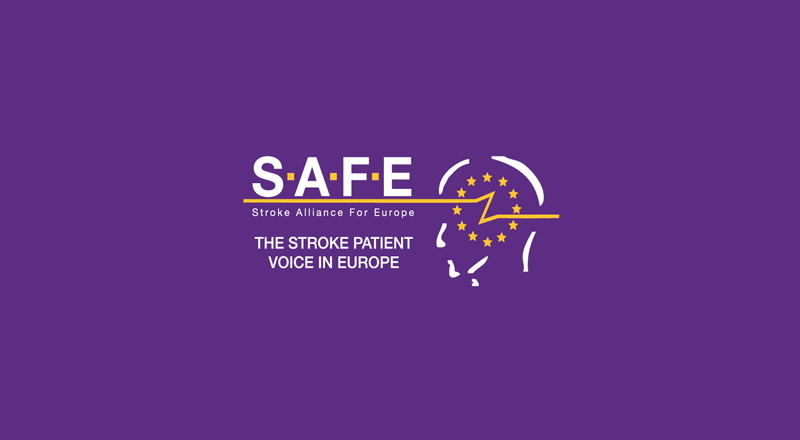
Oct 29, 2019
Today is the World Stroke Day and the global campaign’s slogan is „1 in 4 of us will have a stroke. #DontBeTheOne“.
SAFE supports the global campaign, as we do every year. At the same time, we recognise and acknowledge the struggle of those among us who were unlucky enough to become #theOne from the World Stroke Day slogan.
We represent the voice of stroke survivors and their families through Europe.
Believing that all these voices must be heard, SAFE organised a series of interviews with the stroke support organisation representatives from around 30 European countries. Today we are able to present you with their unique insight into life after stroke issues, country by country.
We hope you would help us spread the news and share these country insights. Click HERE to open and download the compilation of interviews with key people from European stroke support organisations.
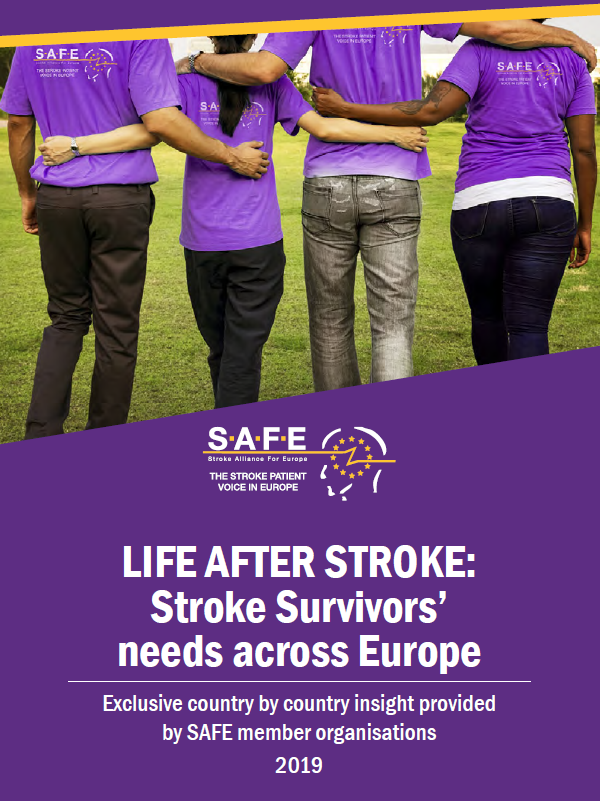
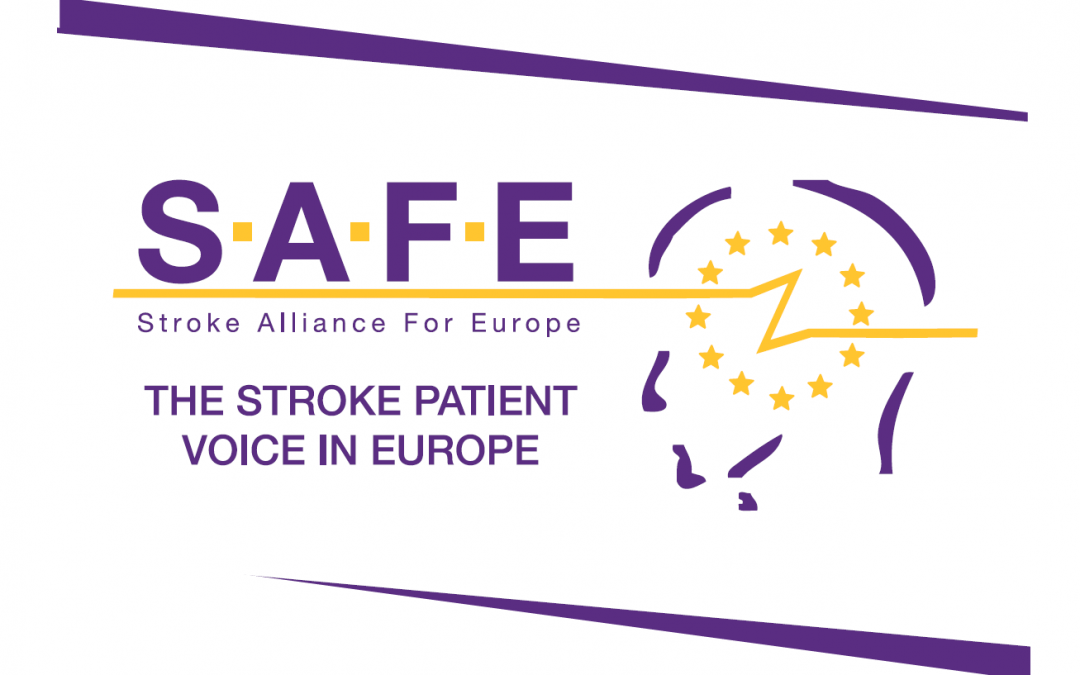
Oct 29, 2019
Brussels, October 29th, 2019– Based on insights gathered over the years, the Stroke Alliance for Europe (SAFE) is announcing the first ever European event dedicated solely to life after stroke.
Research and medical attention into the areas of primary prevention and intervention at the point of stroke occurring is an understandable priority, yet for millions of people surviving a stroke results in poor quality of life which may last for decades. In all of this, we must not forget that a life saved must also be a life worth living, and in various parts of the world there is an increasing realisation that the care pathway for stroke needs to take a more integrated approach.
To address this issue, SAFE has committed to organising a first of its kind event in Europe in 2020 – a Life After Stroke forum, for scientists, stroke survivors and their carers, medical professionals and health policy makers.
SAFE has recruited Professor Avril Drummond from School of Health Sciences, University of Nottingham, UK, as the role of Chair of the Scientific Committee, and we had the pleasure of talking to her about this this key event.
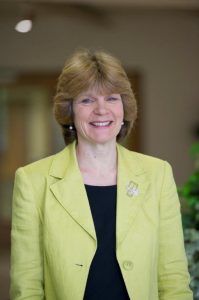
Professor Avril Drummond
Professor Drummond, you chaired the life after stroke domain within the Stroke Action Plan for Europe 2018 – 2030. What is your takeaway from that experience?
I think, first and foremost, the fact that we have this domain in the Stroke Action Plan for Europe included is a fantastic step forward. The recognition of the needs of stroke survivors and their families after their hospital and rehabilitation care, has not previously been given the focus it deserves.
It is in the period after return to the home that the struggle for a new life occurs, which is often characterised by stroke survivors as being cast adrift to find their own way, through maybe decades of cognitive, communication, relationship, financial, mental and physical health issues, complications and changes.
However, there is a lack of research studies into life after stroke covering the entire lifespan and this is something that needs to change. There are growing numbers who believe that pain, depression, relationship breakdown, secondary prevention effectiveness, financial, vocational and stigma issues, as well as the ongoing matters of daily living, mobility, communication, cognition and the absence of ongoing review and support are worth being researched and addressed.
By creating the European Life After Stroke Forum, we are recognising the need to consider this neglected area of the care pathway in a holistic fashion. In addition, the event will put a human face on the consequences of stroke, and on the consequences of not addressing prevention and treatment in the first place.
We are honoured to have you chairing the expert committee for this event. Can you give our readers more insight into the European Life After Stroke Forum?
It is still very early days, but the first steps have been made. The plan is to hold this event towards the end of 2020. We are forming a group of people committed to creating this event, as an opportunity for research, policy, advocacy, or support oriented individuals to come together, to share knowledge and network.
We expect to be able to announce more details on this event’s programme, speakers and topics in the summer of 2020. For more information stay tuned and follow the news on SAFE website.



 Amanda Jerelyn is currently working as a health & wellness tutor at King Essay.
Amanda Jerelyn is currently working as a health & wellness tutor at King Essay.








